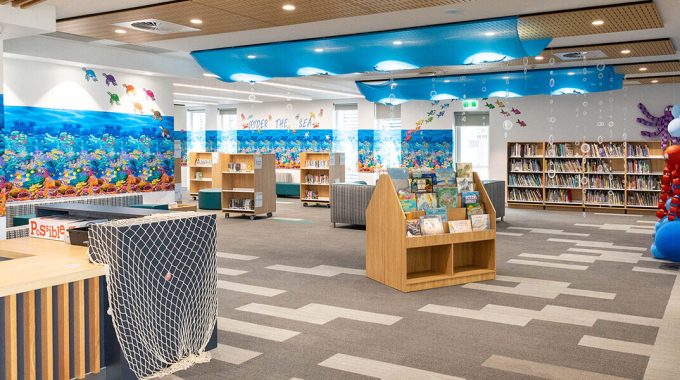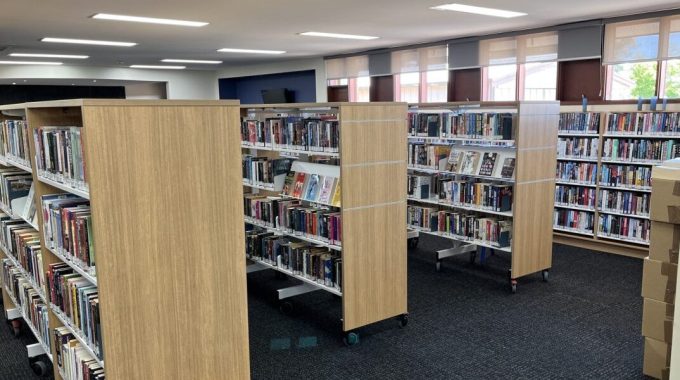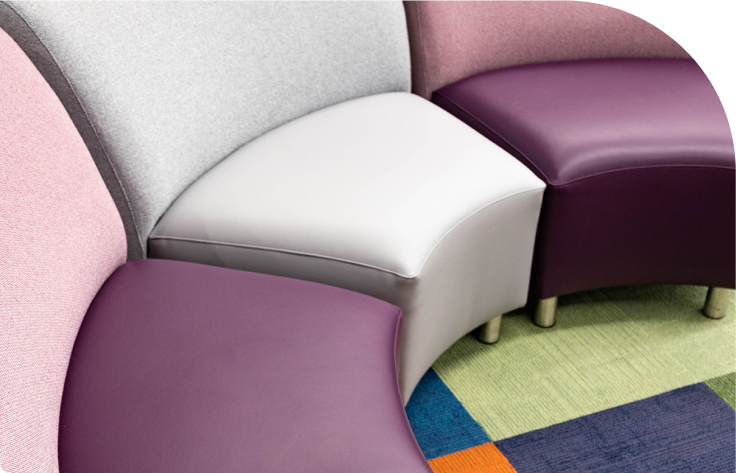Assessing the Success of Your Furniture and Storage Design: How to Determine What Works and What Doesn’t

When it comes to setting up a space, be it for educational purposes or a professional environment, choosing the right furniture and storage design is crucial. Whether you’re reading this pre-purchase or post-setup, assessing the effectiveness of your furniture choices is vital to ensure your space is not just aesthetically pleasing but also functional and conducive to productivity. This is especially true for education furniture in Australia, where the design needs to cater to a dynamic and diverse range of needs.
Understanding Your Space and Needs
The first step in evaluating your furniture and storage design is understanding the space’s purpose. In educational settings, for instance, the furniture should facilitate learning, be comfortable for extended periods, and support the varied activities that occur in a classroom. This means considering factors like the age of the students, the subjects taught, and the teaching methods employed.
Comfort and Ergonomics
Comfort is key, especially in educational settings. Uncomfortable furniture can be a significant distraction and hinder learning. Ergonomically designed chairs and desks that support good posture are essential. Assess your furniture: Are students fidgeting or frequently repositioning themselves? This might be a sign that the furniture isn’t meeting their comfort needs.
Flexibility and Adaptability
The modern educational environment is dynamic. Furniture that offers flexibility – like movable chairs and desks – can be a significant asset. This adaptability allows for the space to be rearranged for different activities, promoting a more interactive and engaging learning environment. If your current setup feels too rigid or if reconfiguring the room is a hassle, it might be time to consider more adaptable options.
Storage Solutions
Effective storage is often overlooked but is crucial for maintaining an organized and clutter-free space. Good storage solutions should be accessible, ample, and adaptable to the needs of the users. In a classroom, for instance, there should be enough space for students’ materials, books, and other resources. If you’re noticing clutter or difficulty in accessing materials, your storage solutions might need reassessing.

Aesthetics and Environment
The look and feel of a space can significantly impact mood and productivity. Bright, airy spaces with a touch of colour can stimulate learning and creativity. The furniture should complement the overall aesthetic of the room. If your space feels drab or uninspiring, consider adding elements or changing furniture pieces to brighten up the area.
Safety and Durability
In any space, but especially in education environments, safety is paramount. Furniture should be sturdy, with no sharp edges or loose parts. Additionally, it should be able to withstand regular use. Regular checks for wear and tear are essential to ensure the ongoing safety and durability of your furniture.
Feedback from Users
One of the best ways to assess if your furniture and storage design works is by getting feedback from those who use it daily. In an educational setting, this could mean talking to students and teachers. Their insights can provide valuable information on what works and what doesn’t.
Measuring Success
To objectively measure the success of your furniture and storage design, consider the following:
- Engagement Levels: Are students more engaged and participative?
- Space Utilisation: Is every area of the room being used effectively?
- Maintenance and Longevity: How often does the furniture require repairs or replacements?
- Adaptability to Change: How well does the furniture cope with changes in teaching styles or classroom layouts?

Making Adjustments
If you find that certain aspects of your furniture and storage design aren’t working, don’t be afraid to make adjustments. Sometimes, even small changes can have a significant impact. This could mean replacing a few pieces, rearranging the layout, or adding some new elements to the mix.
Assessing the success of your furniture and storage design is an ongoing process. It’s about finding the right balance between functionality, comfort, aesthetics, and safety. Whether you’re in the market for education furniture in Australia or looking to revamp your current setup, remember that the goal is to create a space that enhances productivity, learning, and well-being. Always be open to feedback and ready to make changes for the betterment of your environment.
[zohoForms src=https://forms.zohopublic.com/abaxkingfisher/form/BlogpostContactForm/formperma/mGOjr7yuy1IZ4yq9x6d9Fx6PYvFfs1XN4AHb-vugL8Y width=100% height=900px/]











